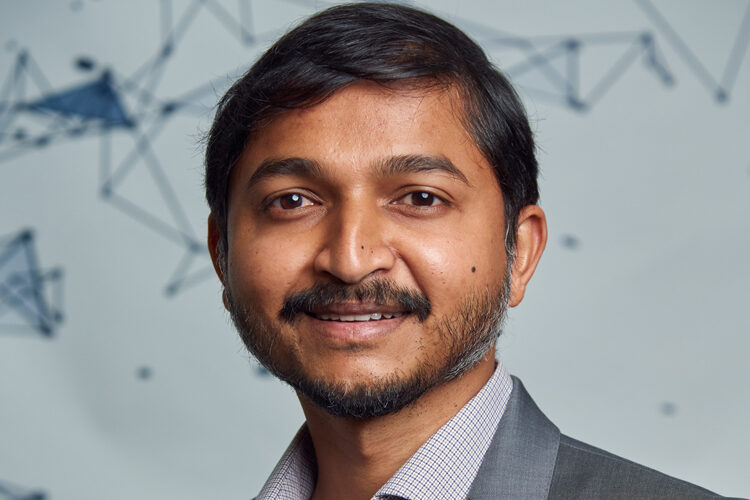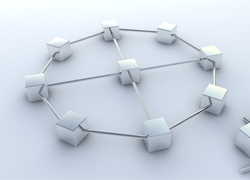IMDEA Networks

Event Category: External Presentation (IN Speaker)
ACM MobiHoc 2025 keynote: Sensing with Wireless Communication Systems: From Localization to Coherent Imaging
Next generation wireless communication systems are increasingly capable of providing accurate sensing in addition to connectivity. By reusing spectrum and...
Seguir leyendo arrow_right_altTech adoption scenarios for future 6G networks
En el panorama en constante evolución de la tecnología de IA, le invitamos a comprobar cómo los avances pioneros dentro...
Seguir leyendo arrow_right_altStatistical Age-of-Information Bounds for Parallel Systems: When Do Independent Channels Make a Difference?
The Age of Information (AoI) metric measures the freshness of status updates for monitoring and feedback in networked systems. It...
Seguir leyendo arrow_right_altCongreso Try IT! 2023
IMDEA Networks acude al congreso Try IT! organizado por DA-ETSIINF en colaboración con ACM-UPM y la ETSI Informáticos y celebrado...
Seguir leyendo arrow_right_altKeynote: Millimeter-Wave Joint Communication and Sensing
The high bandwidth available at millimeter-wave frequencies allows for very high data rates, and at the same time enables highly...
Seguir leyendo arrow_right_altNovel machine learning techniques to improve the forecasting of stroke postinterventive outcomes
Strokes are acute medical conditions in which poor blood flow to a part of the brain results in neuronal death....
Seguir leyendo arrow_right_altCongreso Try IT!
IMDEA Networks participa en el congreso Try IT! organizado por DA-ETSIINF en colaboración con ACM-UPM y la ETSI Informáticos y...
Seguir leyendo arrow_right_altInsomnia in the Access or How to Curb Access Network Related Energy Consumption
Access networks include modems, home gateways, and DSL Access Multiplexers (DSLAMs), and are responsible for 70-80% of total network-based energyconsumption. In this paper I'll take an in-depth look at the problem of greeningaccess networks, identify three root problems, and propose practical solutionsfor their user- and ISP-parts. On the user side, the combination of continuous light traffic and lack of alternative paths condemnsgateways to being powered most of the time despite having Sleep-on-Idle (SoI) capabilities. To address this problem, we introduce Broadband Hitch-Hiking(BH2), that takes advantage of the overlap of wireless networks to aggregate user traffic in as few gateways as possible. In current urban settings BH2can power off 65-90% of gateways.
Seguir leyendo arrow_right_altDistance-biased Sampling of Networks
Sampling a large network with a given distribution has been identified as a useful operation to build network overlays. For example, constructing small world network topologies can be done by sampling with a probability that depends on the distance to a given node. In this talk we describe algorithms that can be used by a source node to randomly select a node in a network with probability distributions that depend on their distance.
Seguir leyendo arrow_right_altBrief Announcement: B-Neck: A Distributed and Quiescent Max-min Fair Algorithm
In this brief announcement we propose B-Neck, a max-min fair distributed algorithm that is also quiescent. As far as we know, B-Neck is the first max-min fair distributed algorithm that does not require a continuous injection of control traffic to compute the rates. When changes occur, affected sessions are asynchronously informed, so they can start the process of computing their new rate (i.e., sessions do not need to poll the network for changes). The correctness of B-Neck is formally proved, and extensive simulations are conducted. In them it is shown that B-Neck converges relatively fast and behaves nicely in presence of sessions arriving and de- parting.
Seguir leyendo arrow_right_alt










Comentarios recientes